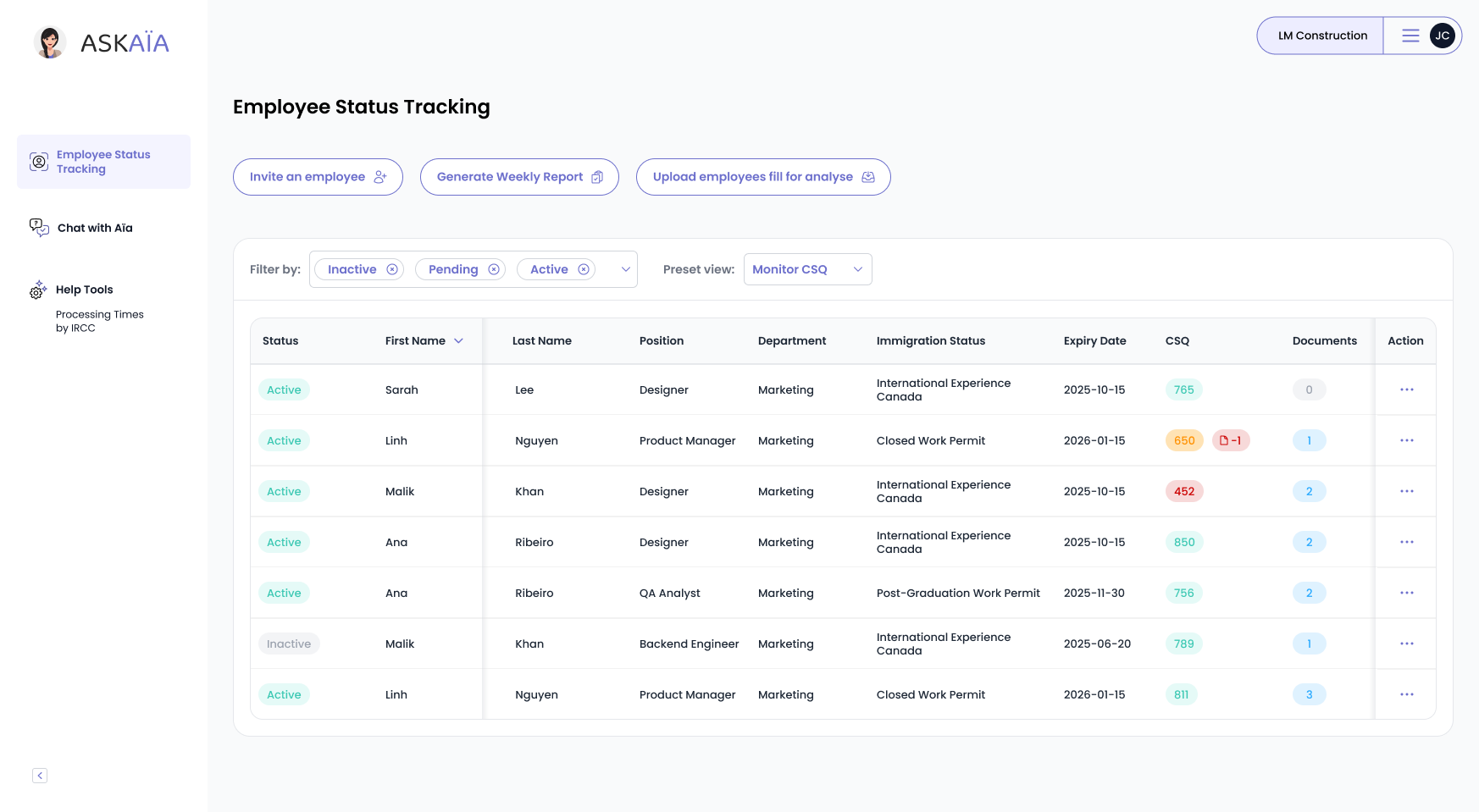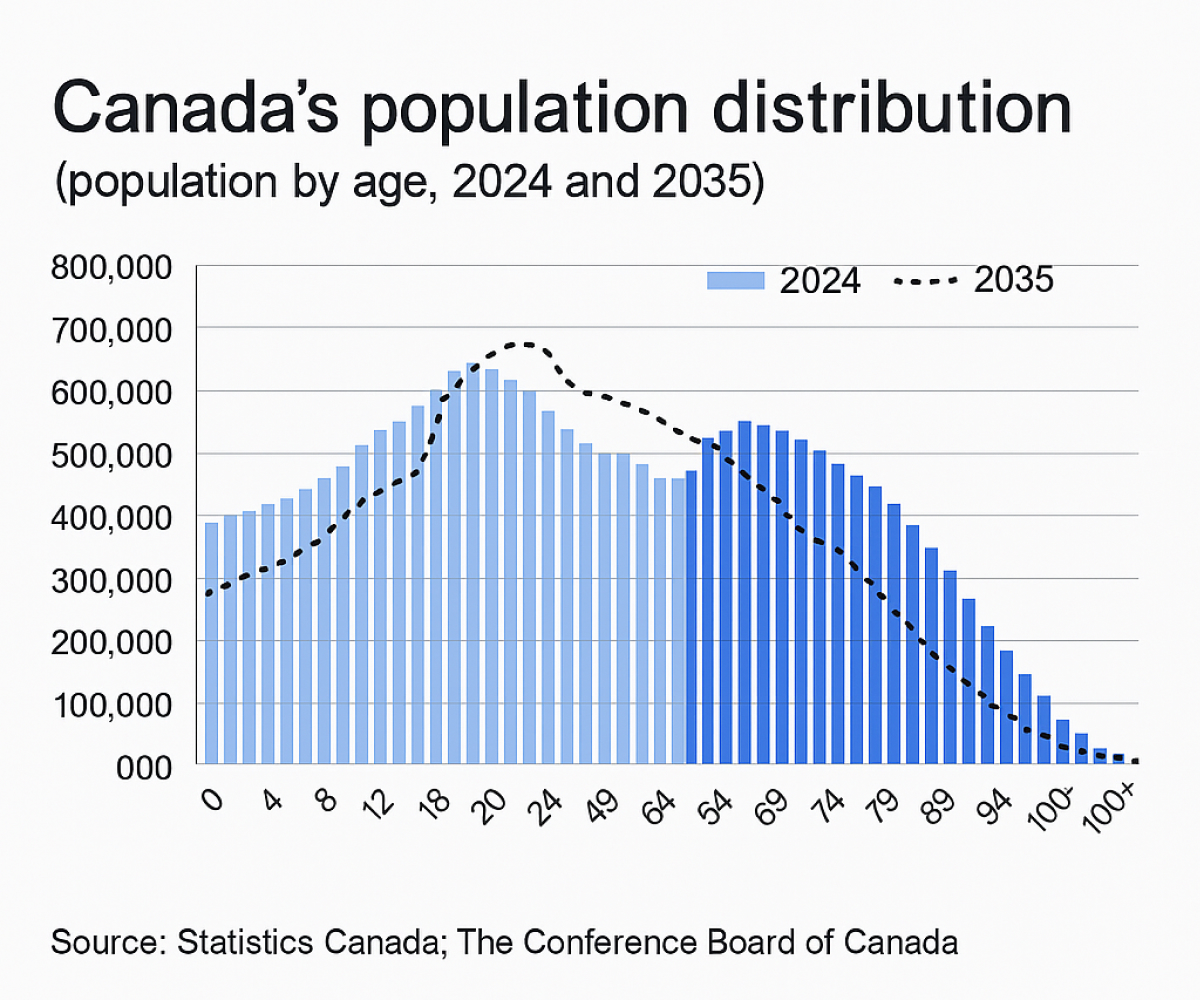Canada needs immigrants to sustain its economy, yet many newcomers face job mismatches, lower pay, and recognition barriers. A new 2025 study reveals who’s most affected and what can be done.
In this article, you’ll discover how immigrant job outcomes vary by category, why education origin matters, and what steps improve your success in Canada’s job market.
Context: Canada’s Labour Market Still Fails
Many Immigrants Despite Canada’s reliance on immigration for workforce growth, recent data show persistent employment challenges. According to Statistics Canada (2025), immigrants who arrived between 2010 and 2014 had an employment rate of 73.1% five years after landing, compared to 84.1% for the Canadian-born population. Among university-educated immigrants, 36% were overqualified for their jobs, versus only 15% of Canadian-born graduates. While long-term prospects improve, with employment rates climbing to over 85% after 10 years, these early disadvantages still signal systemic barriers.
Implications: Who’s Struggling and Why
Economic-class immigrants tend to have the strongest job outcomes, with over 87% employment after 10+ years. But refugees and family-sponsored immigrants often lag behind. Those with foreign university degrees are twice as likely to be overqualified (36%) compared to Canadian-educated peers (15%).
For immigrants, this means that where you studied and how you immigrated significantly affect your early job outcomes. Degrees in fields like engineering, health sciences, and education are among the most affected, often due to strict provincial licensing or recognition requirements (especially in provinces like Quebec, Ontario, and British Columbia), where professional regulation is tightly controlled and licensing processes can be lengthy and complex for internationally trained professionals.
These barriers can delay entry into regulated professions, leading to underemployment or career shifts. Gender also plays a role; immigrant women are more likely than men to experience overqualification and lower earnings, even when equally educated. This disparity is especially pronounced in fields like health care and education, where female-dominated professions may be undervalued or face additional licensing hurdles.
Policy Response: Targeted Investments in Regional Labour
To bridge these gaps, Canada is investing in regional solutions. In 2024, the government allocated $1.125M to attract immigrants to Northern Ontario (specifically cities like Sudbury, Thunder Bay, and North Bay) where labour shortages are acute. Programs include credential bridging, such as upgrading nursing credentials for internationally educated health professionals, settlement services that provide language training and career counseling, and employer connections through job fairs and mentorship programs that match newcomers with local businesses seeking skilled labour.
These efforts illustrate how place-based support can improve labour outcomes beyond major cities.
What Immigrants Can Do: Education, Planning, and Location
Despite early challenges, many immigrants succeed by making informed choices and using the resources available to them.
Newcomers can improve their prospects by:- Studying or retraining in Canada, where degrees are better recognized
- Targeting regions with labor shortages, like Northern Ontario (e.g., Sudbury, Thunder Bay) or Atlantic Canada (e.g., Moncton, Halifax)
- Using settlement services (like free help from local immigrant centres, language classes, job search workshops, and guidance on how to get your foreign diploma recognized) to connect with jobs and adapt credentials
- Improving French or English, which boosts access to higher-quality work
Every step taken, no matter how small, brings newcomers closer to meaningful, stable work and a stronger sense of belonging in Canada.
Need Guidance?
Not sure how these trends affect your immigration journey? Take a free assessment with AskAïa to explore the best immigration paths based on your profile and goals.

Let’s get your demo started
Book a demo
You May Also Like
These Related Stories

Canada Counts on Newcomers: 2025 Economic Outlook Fully Unveiled
Is immigration helping or hurting Canada’s economy? At the 2025 Economic Outlook event hosted by Wilfrid Laurier University, experts offered clear ans …

Canada Slows Down: Immigration Tightening Shrinks Population Growth
In the first quarter of 2025, Canada’s population grew by just 0.6%. It's the lowest rate in four years. The reason? Immigration rules are getting tig …

Immigration Falls Off Canada’s 2025 Radar but Key Policy Shifts Remain
Is immigration still shaping Canada’s future? While it’s no longer an election headline, new policies are quietly reshaping the path for newcomers. Le …
